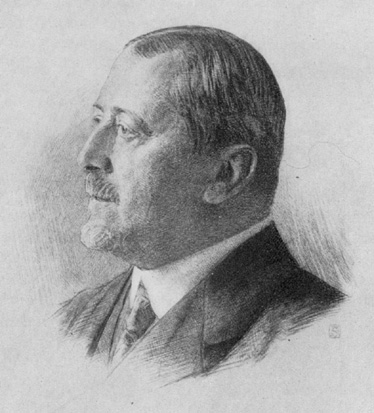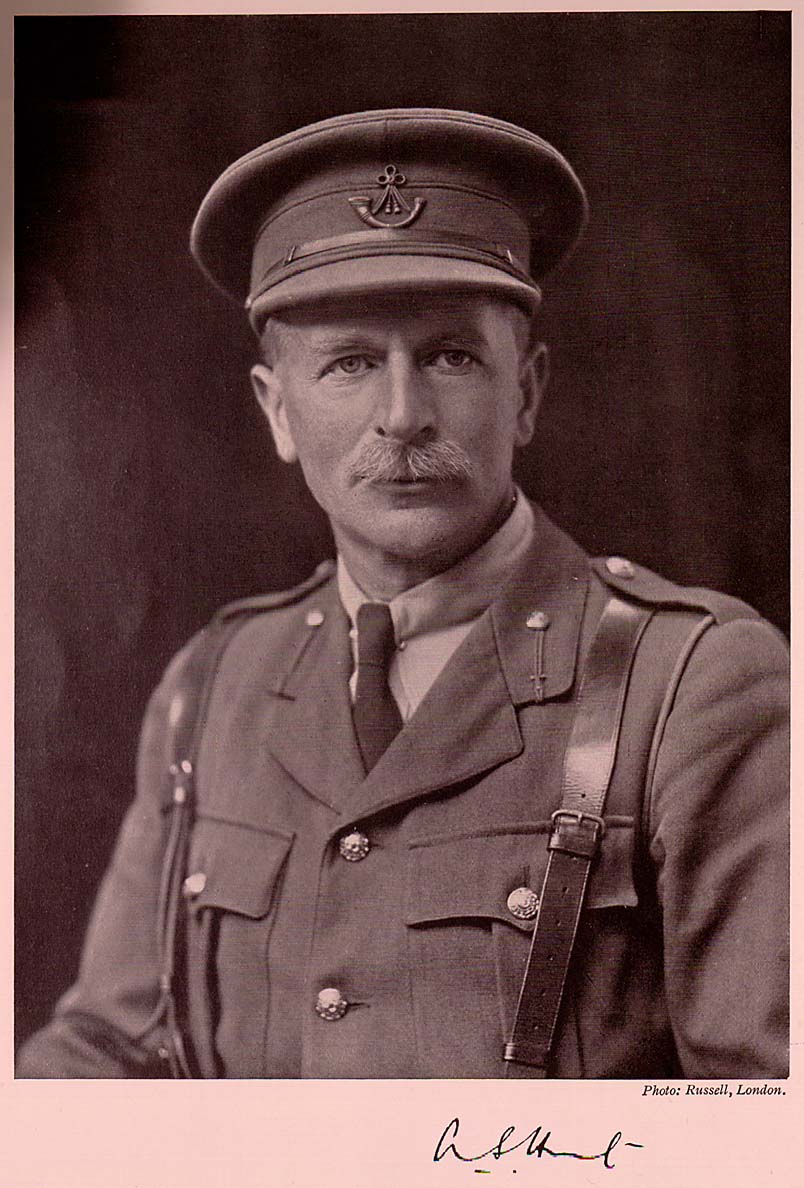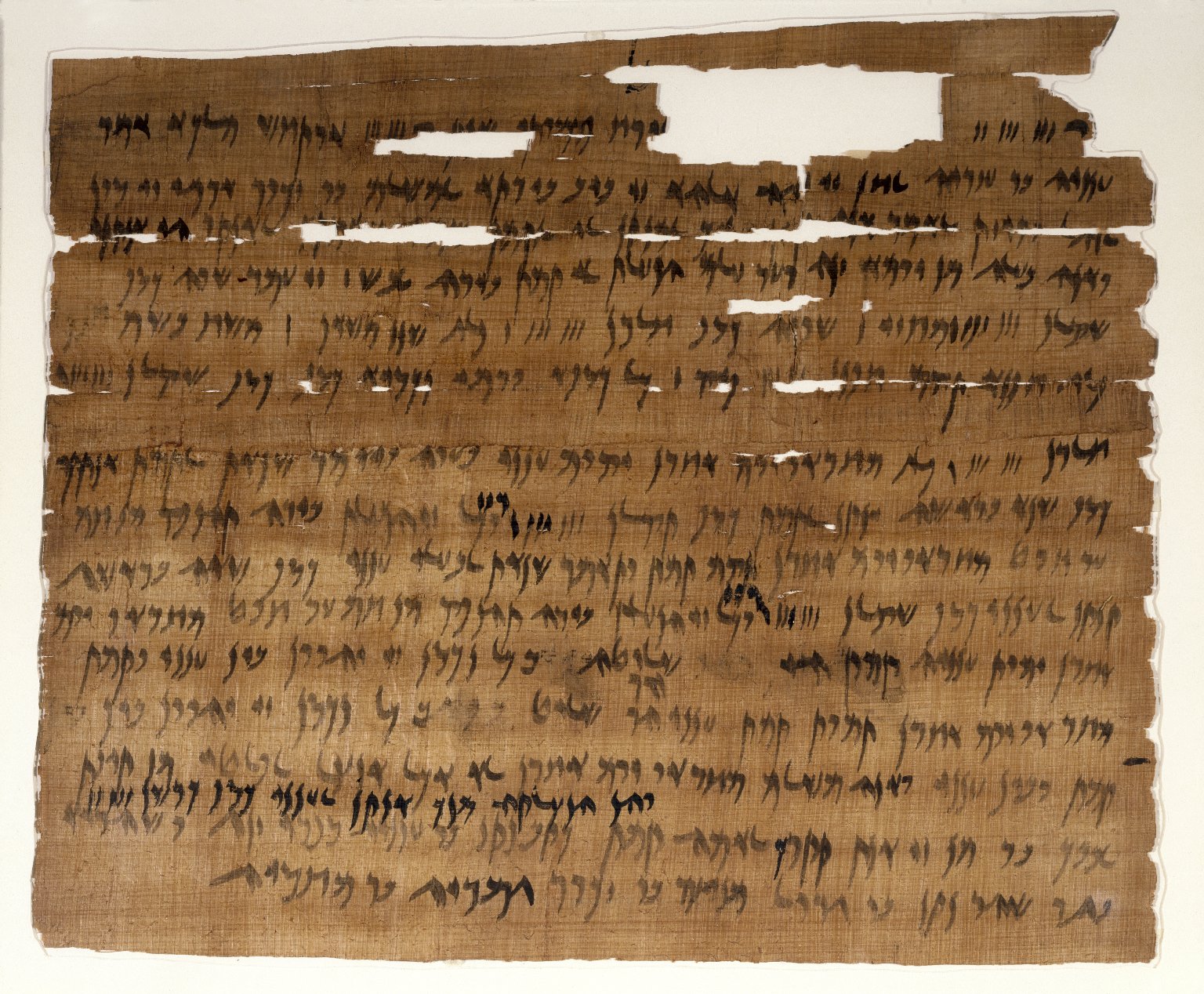|
Papyrologist
Papyrology is the study of manuscripts of ancient literature, correspondence, legal archives, etc., preserved on portable media from antiquity, the most common form of which is papyrus, the principal writing material in the ancient civilizations of Egypt, Greece, and Rome. Papyrology includes both the translation and interpretation of ancient documents in a variety of languages as well as the care and conservation of rare papyrus originals. Papyrology as a systematic discipline dates from the 1880s and 1890s, when large caches of well-preserved papyri were discovered by archaeologists in several locations in Egypt, such as Arsinoe (Faiyum) and Oxyrhynchus. Leading centres of papyrology include Oxford University, Heidelberg University, the Ägyptisches Museum und Papyrussamlung at the Staatliche Museen zu Berlin, Columbia University, the University of Michigan, Leiden University, the Österreichische Nationalbibliothek, University of California, Berkeley and the Istituto Papirol ... [...More Info...] [...Related Items...] OR: [Wikipedia] [Google] [Baidu] |
Arthur Surridge Hunt
Arthur Surridge Hunt, FBA (1 March 1871 – 18 June 1934) was an English papyrologist. Hunt was born in Romford, Essex, England. Over the course of many years, Hunt, along with Bernard Grenfell, recovered many papyri from excavation sites in Egypt, including the Oxyrhynchus Papyri. He worked with Campbell Cowan Edgar on a translation of the Zenon Papyri from the original Greek and Demotic. Publications *Grenfell, Bernard Pyne and Hunt, Arthur Surridge, ''Sayings of Our Lord from an early Greek Papyrus'' (Egypt Exploration Fund; 1897). *Grenfell, Bernard Pyne, Hunt, Arthur Surridge, and Hogarth, David George, Fayûm Towns and Their Papyri' (London 1900). *Grenfell, Bernard Pyne and Hunt, Arthur Surridge, eds., Hellenica Oxyrhynchia cum Theopompi et Cratippi Fragmentis' (Oxford: Clarendon Press, 1909). *Hunt, Arthur Surridge, "Papyri and Papyrology." ''The Journal of Egyptian Archaeology'' 1, no. 2 (1914): 81–92. See also * Oxyrhynchus Oxyrhynchus (; grc-gre, Ὀξύρ ... [...More Info...] [...Related Items...] OR: [Wikipedia] [Google] [Baidu] |
Magdalen Papyrus
The "Magdalen" papyrus was purchased in Luxor, Egypt in 1901 by Reverend Charles Bousfield Huleatt (1863–1908), who identified the Greek fragments as portions of the ''Gospel of Matthew'' (Chapter 26:23 and 31) and presented them to Magdalen College, Oxford, where they are catalogued as ''P. Magdalen Greek 17'' ( Gregory-Aland 𝔓64) and whence they have their name. When the fragments were finally published by Colin Henderson Roberts in 1953, illustrated with a photograph, the hand was characterized as "an early predecessor of the so-called 'Biblical Uncial which began to emerge towards the end of the 2nd century. The uncial style is epitomised by the later biblical Codex Vaticanus and Codex Sinaiticus. Comparative paleographical analysis has remained the methodological key for dating the manuscript, but there is no consensus on the dating of the papyrus. Estimates have ranged from the 1st century to the 4th century AD. The fragments are written on both sides, indicating they ... [...More Info...] [...Related Items...] OR: [Wikipedia] [Google] [Baidu] |
Bernard Pyne Grenfell
Bernard Pyne Grenfell FBA (16 December 1869 – 18 May 1926) was an English scientist and Egyptologist. Life Grenfell was the son of John Granville Grenfell FGS and Alice Grenfell. He was born in Birmingham and brought up and educated at Clifton College in Bristol, where his father taught. He obtained a scholarship in 1888 and enrolled at The Queen's College, Oxford.Bell, H. (2004-09-23). Grenfell, Bernard Pyne (1869–1926), papyrologist. Oxford Dictionary of National Biography. Retrieved 18 Jan. 2018, Selink/ref> With his friend and colleague, Arthur Surridge Hunt, he took part in the archaeological dig of Oxyrhynchus and discovered many ancient manuscripts known as the Oxyrhynchus Papyri, including some of the oldest known copies of the New Testament and the Septuagint. Other notable finds are extensive, including previously unknown works by known classical authors. The majority of the find consists of thousands of documentary texts. Parabiblical material, such as copies of ... [...More Info...] [...Related Items...] OR: [Wikipedia] [Google] [Baidu] |
Ulrich Wilcken
Ulrich Wilcken (December 18, 1862 – December 10, 1944) was a German historian and papyrologist who was a native of Stettin. Biography Wilcken studied ancient history and Oriental studies in Leipzig, Tübingen and Berlin. He was a disciple of historian Theodor Mommsen (1817–1903), who encouraged Wilcken to take a position as cataloguer of papyri following graduation. Mommsen was also instrumental in Wilcken succeeding Eduard Meyer (1855–1930) as associate professor of ancient history at the University of Breslau in 1889. Afterwards, he was a professor at the universities of Würzburg (from 1900), Halle (from 1903, where he was again a successor to Eduard Meyer), Leipzig (from 1906) and Bonn (from 1912), where he succeeded Heinrich Nissen (1839–1912). Later on, he served as a professor at Munich (from 1915) and Berlin (from 1917), where he was successor to Otto Hirschfeld (1843–1922). Wilcken was a German pioneer of Greco-Roman papyrology, and is credited for amassing ... [...More Info...] [...Related Items...] OR: [Wikipedia] [Google] [Baidu] |
Papyrus
Papyrus ( ) is a material similar to thick paper that was used in ancient times as a writing surface. It was made from the pith of the papyrus plant, '' Cyperus papyrus'', a wetland sedge. ''Papyrus'' (plural: ''papyri'') can also refer to a document written on sheets of such material, joined side by side and rolled up into a scroll, an early form of a book. Papyrus is first known to have been used in Egypt (at least as far back as the First Dynasty), as the papyrus plant was once abundant across the Nile Delta. It was also used throughout the Mediterranean region. Apart from a writing material, ancient Egyptians employed papyrus in the construction of other artifacts, such as reed boats, mats, rope, sandals, and baskets. History Papyrus was first manufactured in Egypt as far back as the fourth millennium BCE.H. Idris Bell and T.C. Skeat, 1935"Papyrus and its uses"(British Museum pamphlet). The earliest archaeological evidence of papyrus was excavated in 2012 and 2 ... [...More Info...] [...Related Items...] OR: [Wikipedia] [Google] [Baidu] |
Wilhelm Schubart
Friedrich Wilhelm Ludwig Schubart (21 October 1873 – 9 August 1960) was a German ancient historian. He was leading authority in the field of papyrology. Shubart was born on 21 October 1873 in Liegnitz, then part of the German Empire. He studied classical philology and philosophy at the Universities of Tübingen, Halle, Berlin and Breslau, earning his PhD at the latter institution in 1897. In 1900 he obtained his habilitation in ancient history at Berlin, becoming an associate professor in 1912. From 1931 to 1937 he was an honorary professor in Berlin, later serving as a professor of ancient history at the University of Leipzig (1948–52).Professorenkatalog der Universität Leipzig Biographical sketch From 1901 to 1912 he worked as an assistant director at the [...More Info...] [...Related Items...] OR: [Wikipedia] [Google] [Baidu] |
University Of Florence
The University of Florence (Italian: ''Università degli Studi di Firenze'', UniFI) is an Italian public research university located in Florence, Italy. It comprises 12 schools and has around 50,000 students enrolled. History The first university in Florence was the Studium Generale, which was established by the Florentine Republic in 1321. The Studium was recognized by Pope Clement VI in 1349, and authorized to grant regular degrees. The Pope also established that the first Italian faculty of theology would be in Florence. The Studium became an imperial university in 1364, but was moved to Pisa in 1473 when Lorenzo the Magnificent gained control of Florence. Charles VIII moved it back from 1497 to 1515, but it was moved to Pisa again when the Medici family returned to power. The modern university dates from 1859, when a group of disparate higher-studies institutions grouped together in the Istituto di Studi Pratici e di Perfezionamento, which a year later was recognized as ... [...More Info...] [...Related Items...] OR: [Wikipedia] [Google] [Baidu] |
Rylands Papyri
The Rylands Papyri are a collection of thousands of papyrus fragments and documents from North Africa and Greece housed at the John Rylands University Library, Manchester, UK. The collection includes the Rylands Library Papyrus P52, also known as the "St John's fragment", a fragment from a papyrus codex, generally accepted as the earliest extant record of a Canonical gospel. The collection The Rylands Papyri collection held by the John Rylands University Library, is one of the most extensive and wide-ranging papyrus manuscript collections in the United Kingdom. It includes religious, devotional, literary and administrative texts. The collection includes 7 hieroglyphic and 19 hieratic papyri which are funerary documents dating from the 14th century BCE to the 2nd century CE. It also holds 166 demotic papyri, mostly dating from the Ptolemaic period, including the famous '' Petition of Petiese'' (pRylands 9) from the reign of Darius I of Persia. [...More Info...] [...Related Items...] OR: [Wikipedia] [Google] [Baidu] |
Greek Magical Papyri
The Greek Magical Papyri (Latin: ''Papyri Graecae Magicae'', abbreviated ''PGM'') is the name given by scholars to a body of papyri from Graeco-Roman Egypt, written mostly in ancient Greek (but also in Old Coptic, Demotic, etc.), which each contain a number of magical spells, formulae, hymns, and rituals. The materials in the papyri date from the 100s BCE to the 400s CE.Hans Dieter Betz (ed), ''The Greek Magical Papyri in translation'', University of Chicago Press, 1985, p.xli. The manuscripts came to light through the antiquities trade, from the 1700s onward. One of the best known of these texts is the Mithras Liturgy. The texts were published in a series, and individual texts are referenced using the abbreviation ''PGM'' plus the volume and item number. Each volume contains a number of spells and rituals. Further discoveries of similar texts from elsewhere have been allocated PGM numbers for convenience. History Production The corpus of the ''PGM'' were not based on an an ... [...More Info...] [...Related Items...] OR: [Wikipedia] [Google] [Baidu] |
Elephantine Papyri
The Elephantine Papyri and Ostraca consist of thousands of documents from the Egyptian border fortresses of Elephantine and Aswan, which yielded hundreds of papyri and ostraca in hieratic and demotic Egyptian, Aramaic, Koine Greek, Latin and Coptic, spanning a period of 100 years. The documents include letters and legal contracts from family and other archives, and are thus an invaluable source of knowledge for scholars of varied disciplines such as epistolography, law, society, religion, language and onomastics. The Elephantine documents include letters and legal contracts from family and other archives: divorce documents, the manumission of slaves, and other business. The dry soil of Upper Egypt preserved the documents. Hundreds of these Elephantine papyri span a period of 100 years, during the 5th to 4th centuries BCE. Legal documents and a cache of letters survived, turned up on the local "grey market" of antiquities starting in the late 19th century, and were scattered int ... [...More Info...] [...Related Items...] OR: [Wikipedia] [Google] [Baidu] |
Otto Rubensohn
Otto Rubensohn (24 November 1867, Kassel – 9 August 1964, Höchenschwand) was a German-Jewish classical archaeologist. He received his education at the Universities of Berlin and Strasbourg, Under the supervision of Adolf Michaelis, he earned his doctorate in 1892 with the thesis "''Die Mysterienheiligtümer in Eleusis und Samothrake"''. In 1897–99 he was associated with the German Archaeological Institute at Athens, and performed excavations of the sanctuaries of Apollo and Asclepius on the island of Paros.SANCTUARIES, PAPYRI AND WINGED GODDESSES The Archaeologist Otto Rubensohn From 1901 to 1907, on behalf of the Prussian Royal Museums of Berlin and the ''Papyr ... [...More Info...] [...Related Items...] OR: [Wikipedia] [Google] [Baidu] |





